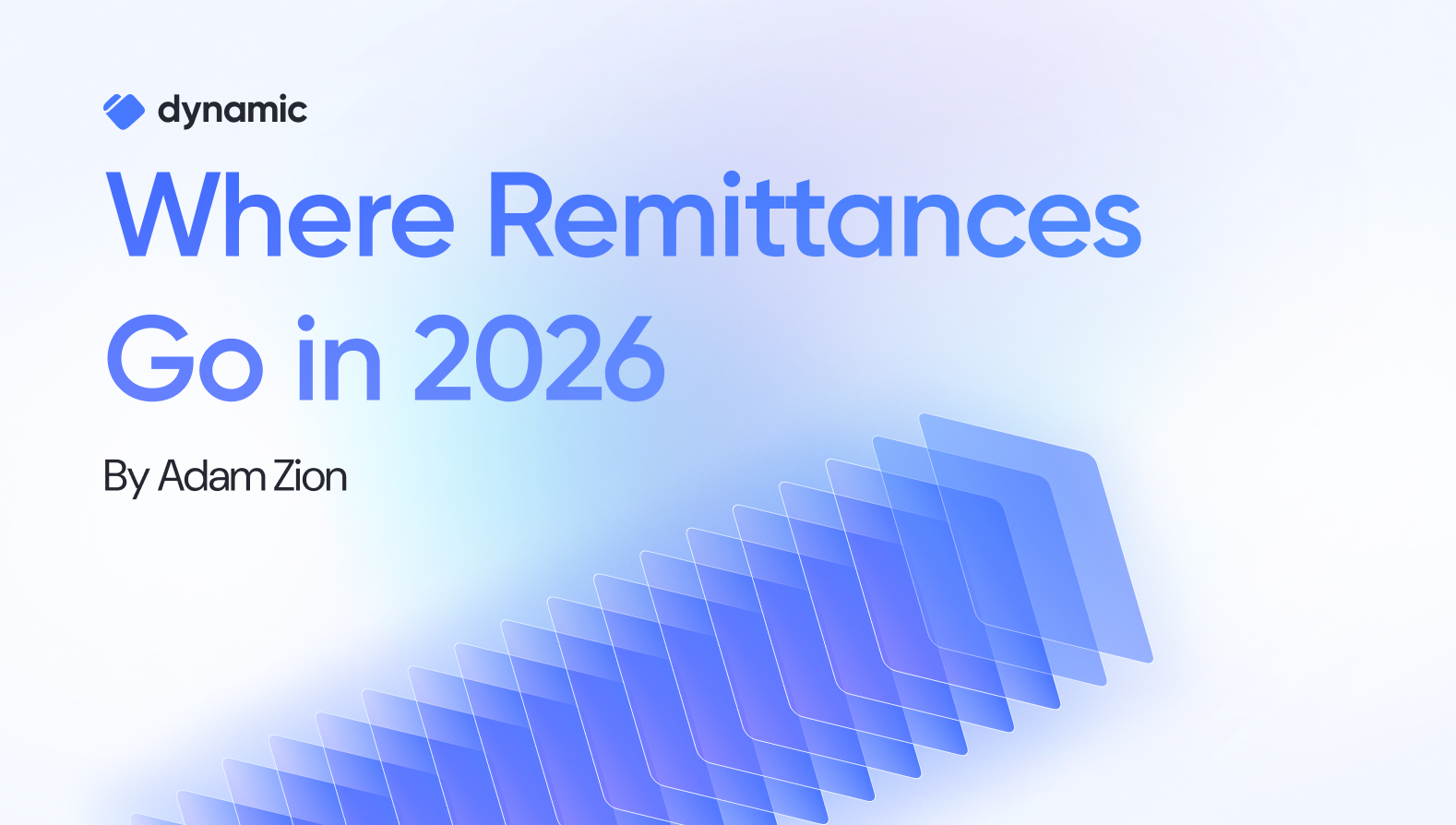Complex EIPs, simply explained: EIPs, ERCs, and everything in between


Overview
It’s a familiar feeling - you wake up in the morning, drink your coffee, and start to wonder what EIPs are, how ERCs fit in, the process in which they are created, debated, and what are the key differences between them.
We’ve all been there. Acronyms of course make the entire thing doubly exciting. But we too have been confused about them in the past.
And so today, we’re launching a new blog series - complex EIPs, simply explained. And in this first blog post, we’ll cover the basics of the world of EIPs and ERCs, how they fit, and what to make of them.
Ethereum Improvement Proposal (EIP)
An EIP, short for Ethereum Improvement Proposal, encapsulates updates to the Ethereum network. It is governed by the EIP-1 doc, and is a process that has evolved throughout the years since being created in 2015.
The simplest way to think about an EIP is as a bill in Congress (obligatory Schoolhouse Rock! reference). It is proposed by one or several individuals, reviewed, iterated on, voted on, and at last either accepted or rejected by the community, either officially via an upgrade or fork, or unofficially.

The EIP process
Similar to bills, EIPs can be small, and can be monumental. At times there is consensus around them, and at times they bring forward massive debate. But in short, they aim to break the status quo, moving the Ethereum protocol, and the massive eco-system built around it, forward.
And just like in Congress, EIPs usually have a topic, or category, in which they fit (and thus fall into a specific committee). Most EIPs are classified into one of four categories:
- Core - this is the most profound category, and includes changes that at times require hard forks and client upgrades etc. Because of those, they require a rough consensus (explained below) to move forward.
- Networking - improvements to different parts of the network protocol (e.g. whisper).
- Interface - Improvements around client API/RPC standards. An example: Multi-injected provider discovery - aims to tackle injected wallets overriding each other as a second attempt after EIP-5749 failed to gain traction.
- ERC - we’ll cover this in the following section, but in short it tackles the applications level changes
While EIPs can be submitted by everyone, they have an editorial process to keep things consistent. Today there are several editors who run the editorial process, and EIPs are mostly debated on the Ethereum Magicians forum (best name ever in our humble opinion). In the following sections, we’ll dive into two specific EIP categories - Core EIPs, and ERCs.
Core EIPs - a constitutional amendment
Core EIPs are unique, in that they require the convincing of node operators and others to implement the changes, at times in coordination with others.
Once a core EIP is further enough in the evaluation process, the community debates (you can see some historical debates here) whether to accept it, and a rough consensus is aimed to be reached. Many times, node operators have to be incentivized, and other times politics kick in. You can think about Core EIPs a bit like constitutional amendments, requiring large cross-governance efforts and consensus to move forward.
Core EIPs are the way in which large changes are implemented in Ethereum, with some landmark ones including:
- Fee market change - changes how fees work in Ethereum, and explained well here.
- Upgrade to proof of work - often called The Merge, this EIP deals with moving from proof of work to proof of stake.
- Shard Blob Transactions (in review) - add a blob transaction type, which is critical for rollups, etc. Explained well here. This upgrade is specifically exciting and something to keep an eye on.
ERCs - a set of standards
An ERC, short for Ethereum Request for Comment, is essentially a type of an EIP that focuses on application-level standards. That usually means that changes here do not need a hard fork or full consensus in order to move forward. Because of their lower-ift nature, they have caught on as a way to move some initiatives forward.
In our bill analogy, think about them more as guidance or standards vs law. You don’t have to follow them, but rather you can, and if you do, get a few built-in benefits of the proposed standard.
Those include ERC-4337, which brings in a new approach to account abstraction, which was stagnant as a EIP Core proposal, as well as EIP-4361, which defines the Sign In with Ethereum standard.
Some popular ERCs include:
- Token standard - establishes the basics of tokens built on the Ethereum blockchain
- Non-fungible token standard - establishes the basics of NFTs
- Smart signature verification for contracts - establishes how to interact with smart contract signatures. As an example, even though the standard has been adopted, it isn’t fully implemented across applications. This is a great example of the drawback of an ERC.
Some exciting ERCs in flight include
- Account Abstraction using alt mempools - a new iteration on account abstraction that allows for implementation without ethereum hard forks, significantly accelerating the adoption of the standard.
- Sign in with Ethereum standard - defines the standard message format for signing in to a website using your wallet. Allows wallets to then confirm and verify that message standard as well as domain bind the login.
As you can see, these ERCs in flight are already used widely in production, meaning they did not have to wait for an upgrade to be implemented in the wild.
Some random, cool history about EIPs
The EIP process isn’t unique to Ethereum, and is partially derived from different projects which use a similar process. As it’s put in EIP-001:
“This document was derived heavily from Bitcoin’s BIP-0001 written by Amir Taaki which in turn was derived from Python’s PEP-0001. In many places, text was simply copied and modified. Although the PEP-0001 text was written by Barry Warsaw, Jeremy Hylton, and David Goodger, they are not responsible for its use in the Ethereum Improvement Process, and should not be bothered with technical questions specific to Ethereum or the EIP. Please direct all comments to the EIP editors.”
Complex distributed projects like Ethereum are incredibly hard to move forward, and EIPs are a key tool in the arsenal to do so.
What’s next?
Did this blog post get you excited about diving into the world of EIPs? You can’t wait to explore the thrilling politics and drama of EIPs? we got you covered. Learning about EIPs is just the start, and it opens the world to deep diving into types of EIPs that have had a fundamental impact on Ethereum.
In the upcoming weeks, we’ll post additional articles about specific EIPs, how they came to be, what they do, and what to know. And who knows - we might even venture outside the realms of Ethereum 🙂 Can’t wait? You can start exploring the EIPs in various stages here.
All you need is to subscribe to our Twitter here and you’re good to go!
Share this article



